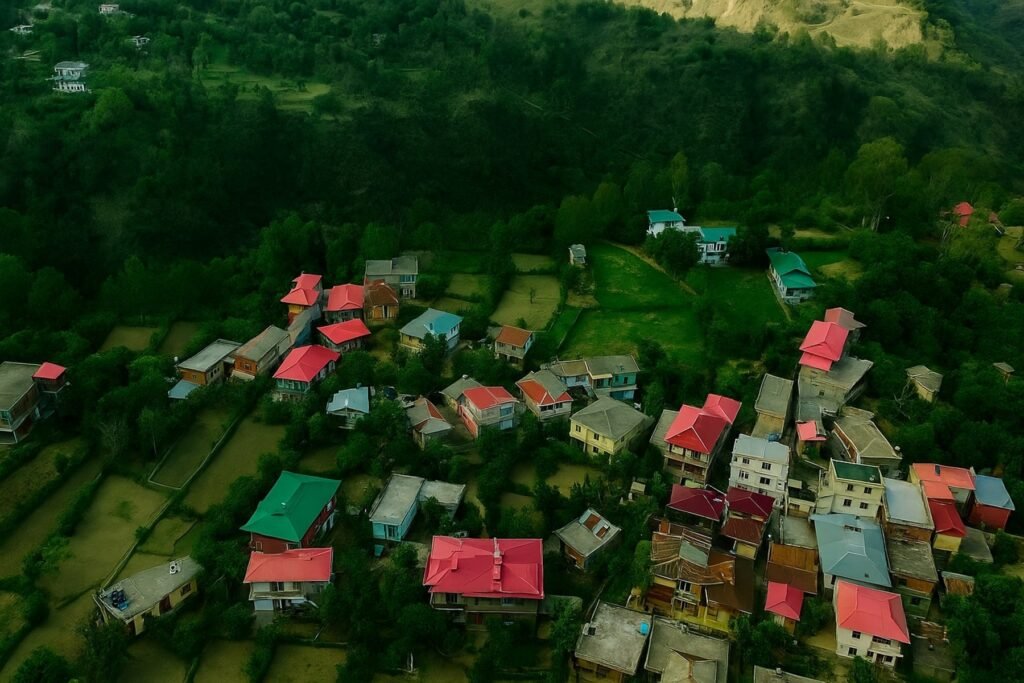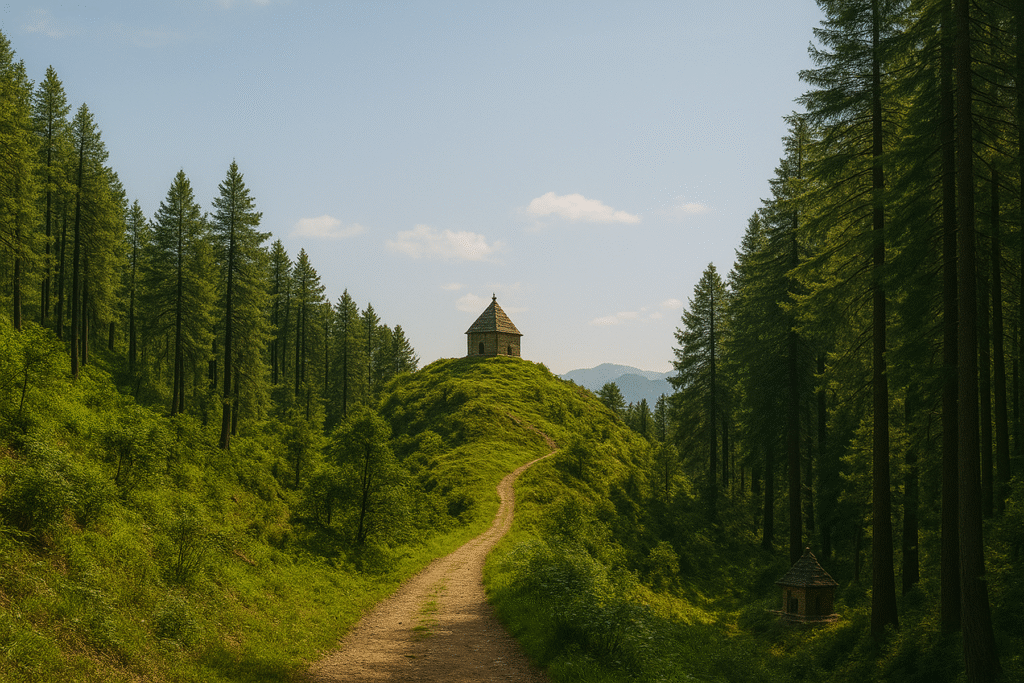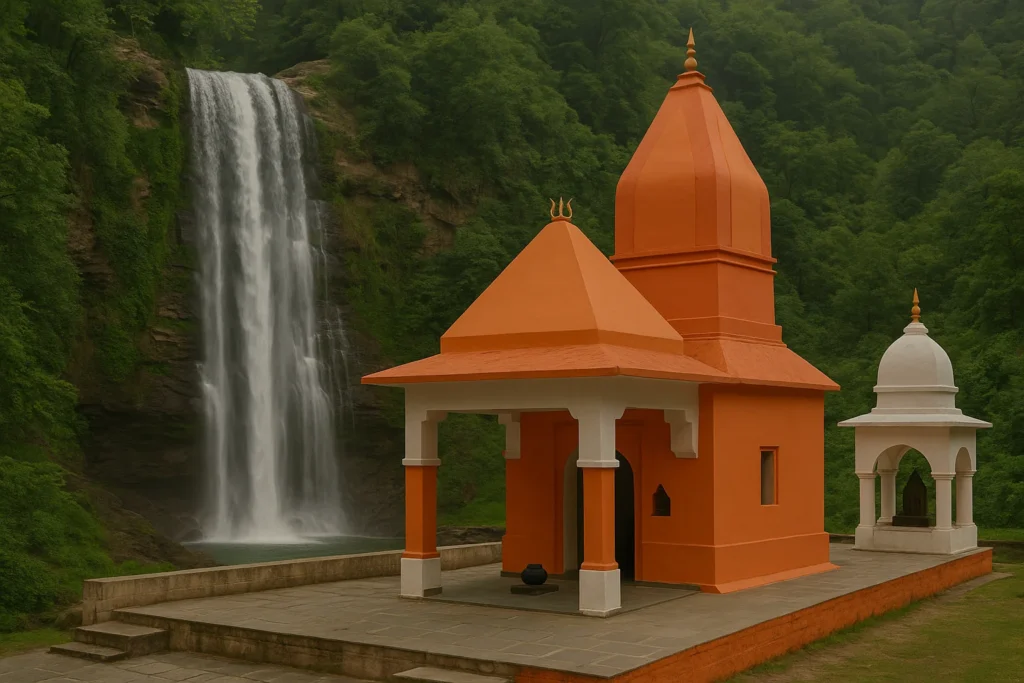Introduction
This is the story of Batal Village, one of the most culturally rich and spiritually revered villages in Himachal Pradesh. Known as “Chhoti Kashi”, Batal is the largest village in Solan, where every street, every temple, and every family holds centuries of history. It’s a living example of how tradition and modern life can beautifully coexist.
Why the Name “Batal”?
There are two beliefs behind the village’s name:
- From “Vaatal”, meaning a land of air, representing the village’s clean and pure environment.
- From “Bhaatalaya”, referring to a Brahmin settlement—eventually simplified into Batal.
A Village of Scholars
Batal has a long lineage of scholars deeply connected to knowledge and tradition. Pandit Harinandan Garg, who studied in Kashi, was honored by scholars there as the Pandit of Chhoti Kashi. From Batal, many have gone on to study in Lahore, Haridwar, and Banaras, mastering the arts of astrology, ritualism, scriptures, and classical music.
The village also has local educational and religious institutions like Satyadharmi Sabha and Brahmin Sabha, preserving ancient teachings and practices.
Spiritual Roots: Temples in Every Direction
Batal’s landscape is dotted with significant temples:
- Bathileshwar Mahadev Temple, a 250-year-old shrine shaped like a conch shell, remains a spiritual hub.
- Temples such as Chaurawale Shiv Mandir, Jakhuli Mata, Jawala Mata, Mansa Mata, and Trisadka Shiv Mandir represent the village’s spiritual compass.
Every day, villagers offer 300 to 500 lotas of water to the Shivling. Even today, rituals and feasts avoid onion, garlic, and meat, honoring age-old values.
The Ancient Dussehra of Batal
The Dussehra festival celebrated in Batal is believed to be older than that of Kullu. Traditionally, the local king would shoot a three-legged clay pot, symbolizing Ravan’s ego and evil. If the shot missed, village youth would break it with stones—signifying the end of arrogance and unrighteousness.
Customs, Ceremonies, and Culture
Invitations to weddings are given with gul-gule (sweet fritters), chickpeas, and bhalla—all in specific quantities. For instance, 18 gul-gule are given to close relatives.
Traditional practices like:
- Kapala Kriya (rituals for the dead),
- Diya offerings,
- Peepal tree worship, and
- Clay stoves and natural red paint (geru) on walls
…are still alive and followed with reverence.
Women sing different folk songs for each major life event: daughter’s farewell, housewarming, fasting days, and more.
A Digital World with Old Values
Though villagers now use QR codes and smartphones, traditions remain untouched. Ceremonies still involve sonth leaves, and even today, no onion, garlic, or meat is part of sacred rituals.
Modern buildings have come up, but the soul of Batal remains ancient.
Conclusion: A Village That Lives Its Culture
Batal is not just a village—it’s Himachal’s cultural heartbeat. Every brick, every temple, and every song in this village connects its people to their roots.
It is a place where history isn’t written in books—it’s sung in temples, cooked in kitchens, and whispered in the winds.
📩 Want your village featured too?
Email: villagesofhimachal@gmail.com
Follow: KKSB Vlogs on YouTube and Instagram for more such real stories.



